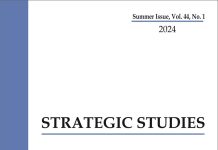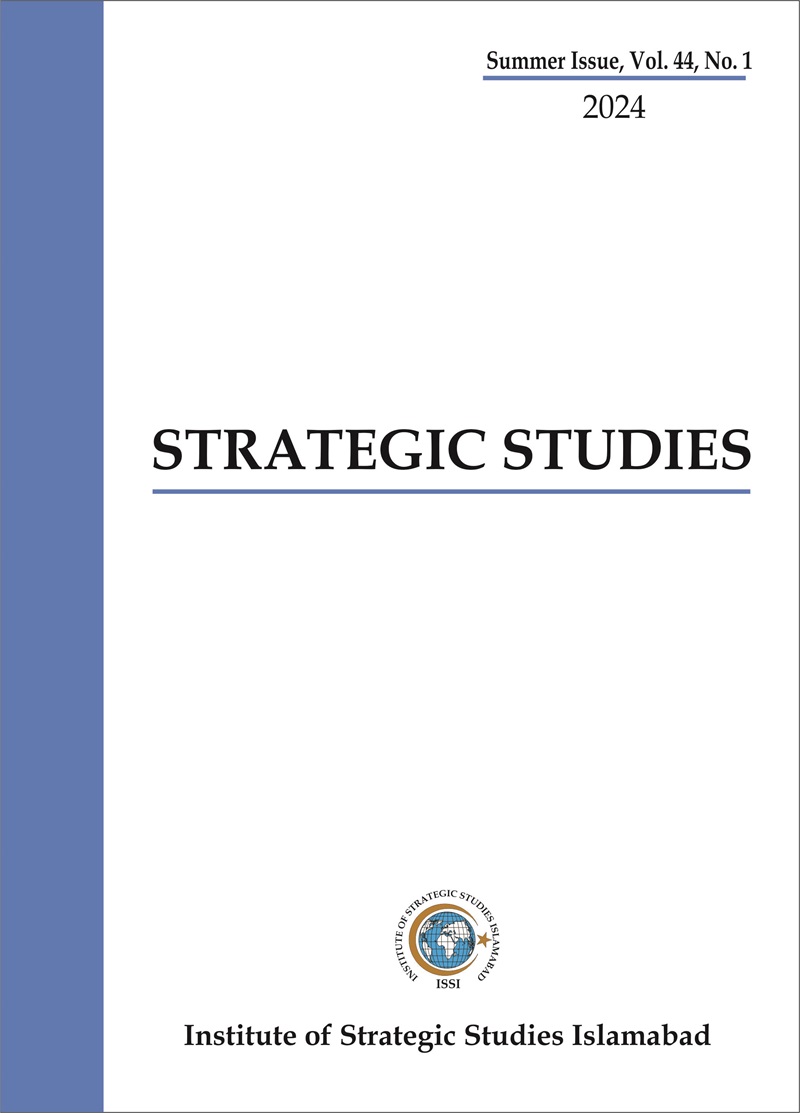Abstract
In 2013, China unveiled to the world its dream to revive the ancient Silk Road by undertaking massive infrastructure projects and adding value to ports around the Silk Road. The Chinese termed it One Belt One Road (OBOR) which is known as Yídàiyílù in Chinese. This venture has two major components: one, overland known as the Silk Road Economic Belt, while the other, the maritime component, is termed as the Maritime Silk Road. Once this venture is realised, it will have a tremendous economic impact on the countries on its roadmap. This paper focuses on the various facets of the OBOR and then highlights different turns and twists the China-Pakistan Economic Corridor might take in the future.
The approach used in this paper is based on a literature study and an analysis of OBOR’s strengths, weaknesses, opportunities and challenges for the China-Pakistan Economic Corridor.
OBOR’s ambitious venture comes at the dawn of changing global power dynamics, a major Chinese policy shift, and the foretold Asian Century. As progress is underway on OBOR projects, skepticism and suspicion have been expressed by the US and its allies, including India and Japan for whom the realisation of China’s dream is a perceived nightmare because of their past rivalries. Their skepticism and apprehensions only triggers China’s much needed advancement in bolstering its naval capabilities and the military capabilities of its allies.
The dotted lines on the world maps highlighting the passages of the OBOR also pass through Pakistan in the form of an exclusive corridor known as the China-Pakistan Corridor, since Pakistan is an important economic, as well as military ally of China. Chinese campaign to pursue its projects worldwide under the policy framework of the OBOR will have a tremendous impact on Pakistan and the China-Pakistan Economic Corridor.













